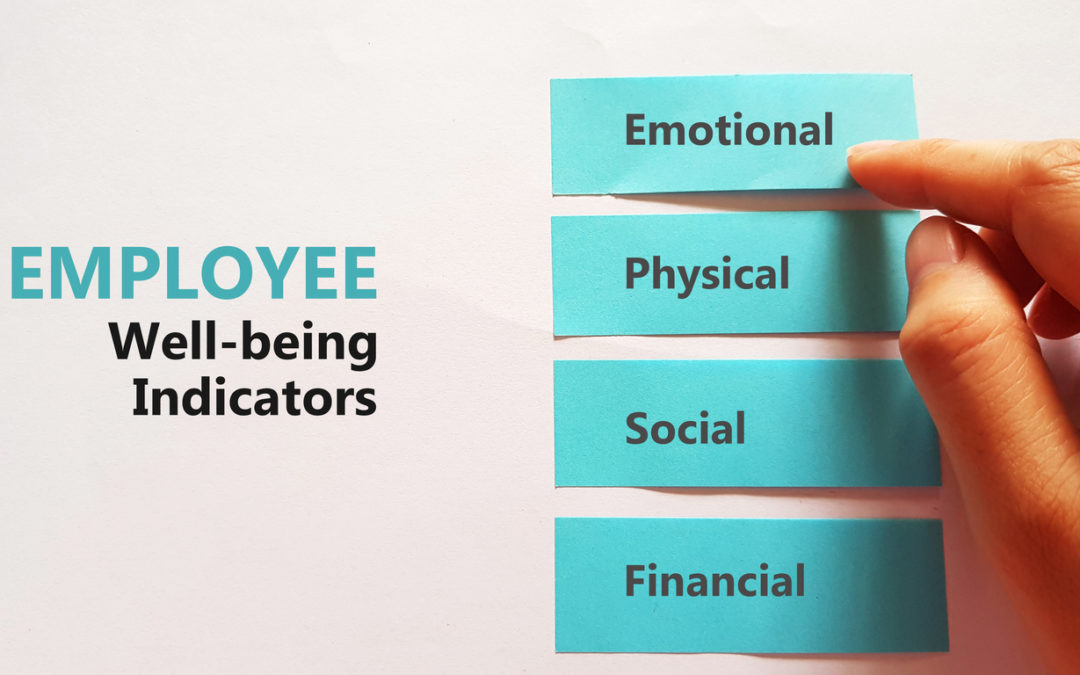
How to Handle the Pandemic-Related Hospital Staffing Crisis
Staffing shortages in hospitals have been a concern for some time, owing to the country’s aging population—but COVID-19 has only worsened the situation. In reaction to the pandemic, many of these institutions spent months stockpiling medical equipment and protective clothing, but the supplies are useless without staff. So, how do we handle the hospital staffing crisis?
Despite recent decreases in coronavirus infections across the country, many hospitals are still facing staffing shortages, and may continue to do so in the coming months. Healthcare workers are still under a lot of pressure, experiencing deplorable working conditions. Many of them are unable to take much-needed breaks due to severe personnel shortages, and suffer burnout as a result. The stress levels are so high that some are even considering leaving their professions entirely.
Adequate staffing levels in healthcare institutions ensure a safe work environment for healthcare workers and quality care for patients. Hospitals must be ready for potential personnel deficits and must have contingency plans and workforce management tools in place to deal with them.
COVID-19’s Impact on Healthcare Staffing
In 1999, the state of California enacted and implemented the first and only comprehensive U.S. legislation limiting the number of patients that nurses may care for at a time. Although several studies show how better staffing leads to improved patient outcomes, no other states have adopted this type of legislation.
There are many reasons why efforts to pass legislation governing hospital nurse staffing fail to get universal support from influential groups. The first impediment is a lack of local and timely evidence to support such laws. Another is the misconception that the country lacks nurses. Meanwhile, registered nurse graduations have more than doubled in the last 15 years.
The COVID-19 pandemic served as a stark reminder of the significance of adequately staffed health systems in delivering high-quality patient care, as well as the toll that under-resourced facilities have on workers’ well-being. The rising patient demand and diseases among healthcare professionals, particularly those of ethnic minorities, significantly impacted staffing in healthcare, worsening the staffing crisis even further.
Many hospitals responded to the surge in patient demand by canceling elective treatments and shutting down non-essential outpatient clinics, but dealing with the shortage of personnel was more difficult. Healthcare workers were repurposed, and students were onboarded at the worst-affected hospitals. Some states provided temporary allowances that permitted nurses licensed in one jurisdiction to practice in another during the heat of the crisis. Nurses were allowed to work across state borders and in areas with severe shortages.
What Can be Done About the Recent Healthcare Staffing Crisis?
While no one has the one-size-fits-all solution to staffing shortages, it’s fair to presume that healthcare providers would benefit from being more proactive than reactive in their staffing strategies.
Flexible scheduling
The absence of flexible workforce management is now the most common cause for nurses leaving their first year of employment. Clinicians must sign up for shifts eight weeks in advance, and there is little leeway to readjust the schedule once it has been completed. Shift allocation is inefficient and largely reliant on manual systems, which undoubtedly isn’t suited to any last-minute changes.
Multidisciplinary training
Nurses and other clinicians prefer to specialize, but with further training and development, nurses may cover shifts in various departments and situations. While tenure in a department is frequently used to determine a schedule, this strategy results in nurses concentrating in one specialty and limits multidisciplinary training. It’s possible that tenure isn’t an excellent criterion for scheduling.
Pipelines for candidates
Though the number of registered nurses graduating yearly is at an all-time high, there is room for more. Other healthcare fields are still producing fewer professionals than there are jobs available. To recruit future healthcare workers, healthcare companies must be future-focused in their workforce planning, building stronger relationships with high schools, colleges, and training centers.
Infection Prevention
One of the most effective methods to guarantee that patients receive the treatment they require is to lower the likelihood of healthcare workers being sick. Infection prevention teams must make a concerted effort to offer timely and complete information to employees so that they can protect themselves.
Hospital executives must also change their workplace culture by encouraging employees and managers to speak out when they observe colleagues missing a chance to improve safety. It’s critical to reinforce the idea that everyone has the right to contribute to a workplace that is safer for other employees and patients.
Employing Digital Tools
One of the numerous advantages of telehealth adoption is that nurses, doctors, and other hospital personnel may care for patients online, while quarantined or recuperating from sickness. Furthermore, hospitals may centrally control all elements of their treatment operations thanks to digital health care delivery.
Staff can also use digital technologies to communicate between hospitals, e.g. during surges, to lend support at all levels. Critical care teams, in particular, can cross-cover patient spikes.
Conclusion
The staffing crisis in healthcare may continue for some time due to the ongoing COVID-19 pandemic, poor workforce management, and low adoption of digital transformation in the sector. The government also has a role to play in enacting legislation that regulates patient-to-health worker ratios. With adequate adjustments, the deficits can be filled and care delivery optimized.



